Introduction

Bitcoin is credited with the advent of the blockchain and crypto revolution, bringing a solution for peer-to-peer financial transactions without the need for a third party like a bank or a financial institution. Not only the transactions but also the immutable ledger, the near impossibility of hacking a chain, and the aspect of decentralisation enthused the world. Despite the many nay-sayers, there was definite interest in the blockchain world.
While we would have loved to continue speaking about Bitcoin and blockchain in the same vein, the reality was far from rosy. Despite the initial exuberance and the launch of solutions like Ethereum and its smart contracts, real-world adoption remained far from real. In more than a decade after the Bitcoin launch, 1000+ crypto coins are trading over 200 odd crypto-exchanges and yet there are only a handful of cryptos which brought value to the investors. While blockchain was a promising technology, the transactions per second supported by the chain was abysmal. Bitcoin could support about seven transactions per second while Ethereum nearly thirteen transactions per second. Now, if we compare that with the VISA’s 56,000 transactions per second, then blockchain sounds like a technology from the stone age. True that many solutions did come up for faster transactions, but the promise fizzled out sooner than later. Besides, those who understand the Proof-of-Work (PoW) consensus algorithm that Bitcoin employed and how it progressively drained power to compute the transactions, the polluting nature was evident; in fact, it is no more profitable to mine bitcoins sitting in a country with high electricity charges. And this condition would only become more acute as we move towards mining the 21 millionth coin. So, the way of mining bitcoin was not at all green, and if we were to measure the carbon footprint, we might end up putting the pollution from the industrial revolution to shame.
So, what then? The world still sees blockchain with hope, but a well-thought-through solution bringing the chain closer to real-world operations is the need of the hour. It was obvious, that while taking the positive aspects of the current blockchain (decentralisation, immutable ledger, etc.), a look at the speed of transactions, security and greener way of working was also needed. The question though was, had any company done that kind of study to come out with a solution?
Turns out, there was one.

We are talking about Harmony!
Harmony is a new blockchain solution which comes forth with the learnings of the past as much as incorporates the expectations of the future. Therefore, the consensus method used by Harmony is resource-light (learning from the past) as much as fast due to sharding (future expectation) that they have learned from academia. Of course, there is more to Harmony, which we will see shortly. But before that, let’s hear about Harmony in their own words:
Harmony is a fast and secure blockchain with key innovations in state sharding and peer-to-peer networking. Its sharding uses secure proof-of-stake and decentralized randomness, and its networking achieves optimal cross-shard routing and fast block propagation.
Harmony is a blockchain created to meet real-life expectations and business needs. The other aspect is that while many blockchain solutions claim to be decentralised, they truly haven’t figured out how to decentralise the blockchain state. That is something Harmony has done and therefore, encapsulates the essence of blockchain being totally hack-proof. So, not only is Harmony fast (sharding) but also secure. What more can businesses ask for?
Let’s look at Harmony in detail.

What makes Harmony better than other sharding networks?
At a concept level, sharding refers to splitting up of database to make it easier and faster for access.
The need for sharding arises for solutions or applications which keep referring back to the main database for user details. As the database size grows, the processor is going through tons of data before getting to the right data-set. As such, a lot of time is taken to complete the operation. Sharding prevents this whole database search by splitting the database to smaller and manageable units with no overlapping details. In doing so, the processor goes through a lesser amount of data to retrieve the information that the user desires. This process, in short, is what is referred to as sharding. Now, let’s understand sharding applied to the blockchain world.
While academicians having been speaking about sharding in the blockchain world, Ziliqa was the first to implement sharding in their public blockchain which worked on a PoW consensus protocol. However, Ziliqa is not a state sharding solution, and hence, each node in the network will have to hold the whole blockchain to process transactions. This requirement meant that smaller computational processors could not participate as nodes.
Having seen this challenge, Harmony looked at academics to come up with some ideas, and that is what Omniledger and RapidChain publications offered. The solution called for the creation of shards, which would be a subset of the blockchain. Each shard could be made up of multiple nodes. However, there existed a possibility of corruption of nodes and hence an entire shard. One way of preventing corruption was to shuffle nodes randomly, across shards. This shuffling thus prevented the possibility of a shard corruption as the nodes may not process transactions in the same shard again.
Harmony puts together this knowledge from academics to the blockchain world and creates a new blockchain working on the PoS based full sharding scheme allowing linear scalability and provable security. Here’s a quick comparison of Harmony with other Sharding Blockchain solutions.
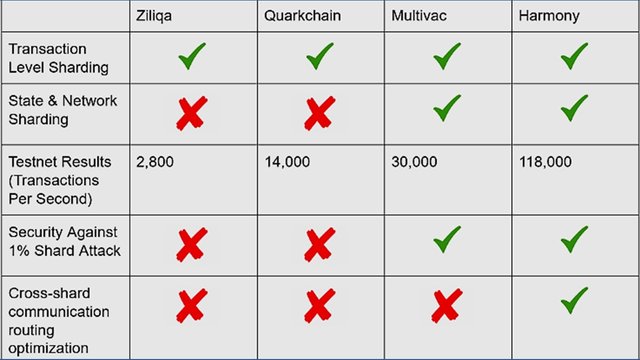
Harmony chain is made up of a beacon chain and multiple shard chains. The beacon chain holds the identity register and is responsible for the randomness logic while the shard chains hold the different blockchain states and processes transactions, simultaneously.
Let’s take a look at few more comparisons of Harmony blockchain.

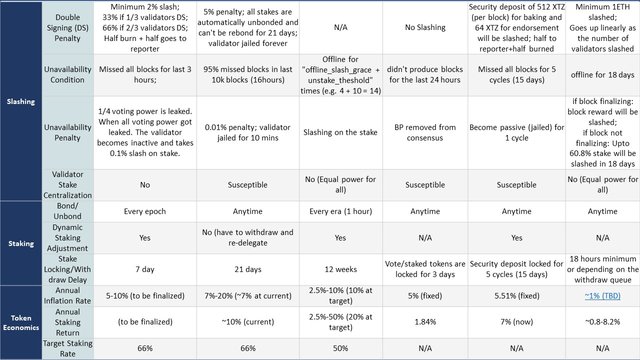
These are a few reasons why Harmony is better than other blockchains.

What are the implications of having a network that is resource-efficient and able to scale linearly (instead of requiring exponential resources)?
The PoW protocol inevitably sets up a race between resources to show itself as the first one to have solved and signed a block. This action, therefore, makes the entire PoW protocol resource intensive. That is, irrespective of the block being claimed, there would be a finite number of resources in the race to claim the block and the rewards. The ill-effects of the PoW algorithm are now visible with the bitcoin mining spiking the electricity demand beyond a few country’s generation capabilities. We are talking about immense power wastage for mining a few coins. Not to mention Sybil attacks as one of the challenges that PoW protocol faces.
Harmony tries to mitigate this resource intensiveness and attacks by following the PoS protocol for block propagation. Staking based sharding allows linear scaling of the blockchain while remaining resource-efficient. Each shard could be made up of multiple nodes, which then process transactions concurrently. The growth in the number of blockchain users, therefore, does not impede the chain’s speed and security. The reason being that the chain itself is broken into smaller states and run in shards.
This double advantage of being resource-efficient and the ability to linearly scale makes Harmony a network which could support higher transactions per second with the ability to allow users with lesser computing power to form nodes.

How does sharding on multiple layers improve security and efficiency?
The Harmony blockchain follows the Proof of Stake (PoS) protocol for block validation. The players in the chain can stake their tokens, which in turn determines the number of voting shares assigned to a validator. A validator may have more than one voting share, which is determined by the tokens staked. The amount of tokens required for staking is algorithmically determined. A validator’s voting share is assigned to multiple shards at the beginning of an epoch; epoch being the time interval where the sharding structure remains fixed and runs with the same validators.
The validators voting share is divided among the shards randomly, and the consensus is reached when 2f+1 votes are acquired to sign the block. Here f stands for malicious actors. The random vote split across shards ensure that at no point a malicious actor can get more than a third of the voting power. Here’s a pictorial representation of the logic.
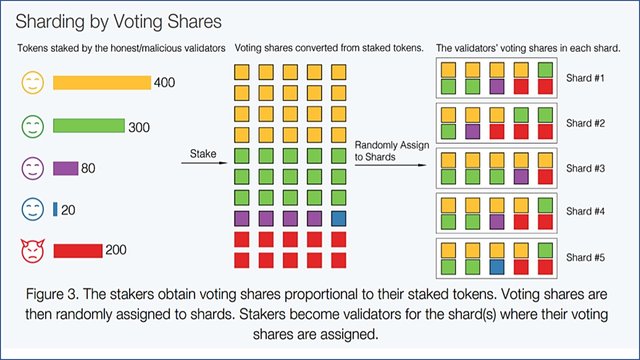
Harmony shard validation is by voting share and not validators to mitigate a large-stake attack. So a user can have high a voting power based on the tokens staked, but would not necessarily have high voting power within a shard due to distribution of voting share among shards.
Further, at the end of an epoch, the chain once again computes the validators’ stake and then redistributes their voting share across shards. The process of reassignment ensures that a slow-growing malicious voting share attack in a shard is mitigated.

How can projects benefit from using Harmony as their underlying infrastructure?
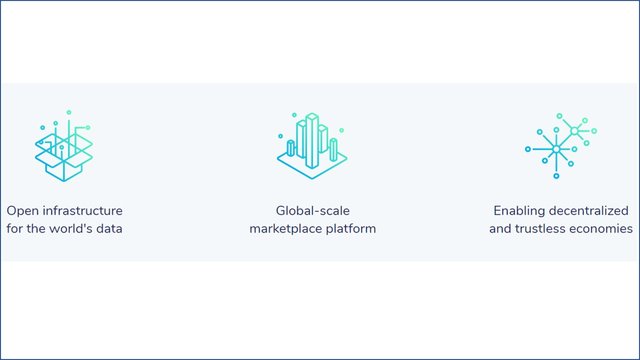
Harmony as a solution is set up well to meet the real-world business needs. While the real world talks about scalability, security and speed of operations, it only looks at the aspect from a centralisation standpoint. The risks associated with centralisation is also well understood by businesses. However, in the absence of a robust decentralised solution, the current operations continue the way they do.
Harmony is all set to disrupt the current operating structure. The very aspect of decentralisation ensuring security and speed of operation because of sharding works well for the real world. Not only that, the risk from a central hack does not exist as there is no centralised location for such an attack to be carried out. If the hacker intends to hack the decentralised blockchain, which is not only the process but also the state, then the cost of hacking far outweighs the benefit that can be derived from such a hack. So, a full-scale hack will be difficult to carry out. If malicious actors intend to attack the Harmony blockchain by increasing their stakes, it still won't work because of the random allocation of voting power to each shard (as against validator). So, a malicious actor will always be a minority in the scheme of things.
Also, the very concept of sharding allows faster and concurrent transactions thereby reaching about 118,000 transactions per second. This speed is more than twice the speed of VISA’s 56,000 transactions per second. So, Harmony has also ticked the box for meeting real-life speed expectations; in fact, it is faster.
In addition to all these points, Harmony allows full-scalability, scalable network infrastructure and consistent cross-shard communication ensuring an effective way of meeting the current as well as future business and community needs.
Therefore, it is easy to see that projects, businesses and communities that have Harmony as their underlying infrastructure are in line to gain a lot and also be future-ready for expansion.

Summarising Benefits
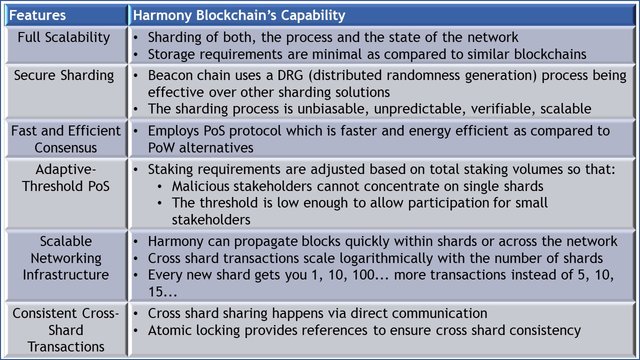

Use Cases
Loyalty Program
Here is a case study in video form:
----------------------------------------------******-------------------------------------------------
Online Gaming
XYZ enterprise is a well-known player in the online gaming industry. It is one of the fastest-growing gaming community on the net. However, the enterprise has spent millions of dollars in keeping the centralised platform secure from hacks, and yet some breach does happen. When it does, the server is down for hours losing critical business for the company, not to mention, customer dissatisfaction, loss game’s saved-modes, and other situations. So, while spending millions on security, they have to spend additional millions in keeping back-ups.
XYZ hears about blockchain and how the decentralised mode of operation is an excellent solution for them. XYZ can visualise the millions of dollars that they can save in security and back-up servers. But their enthusiasm is short-lived as the blockchain solutions are unable to cope with the high traffic and the load of the concurrent gamers from across the world.
Just when XYZ was about to give up, one of their engineers suggested looking at Harmony. They try out an instance with Harmony and are elated at the results. The decentralisation disallows hacking, the sharding principle maintains the speed of operations, and the system itself is fully scalable, meeting XYZ’s needs. They sign-up immediately with Harmony and based on their own experience, are actively evangelising Harmony as a great solution to fellow business leaders in other fields.

Harmony Roadmap
Here is the Harmony Roadmap showing what has happened so far and what is planned till the end of 2019.


Tokenomics
Let’s understand the Harmony token distribution for running and managing the ecosystem.
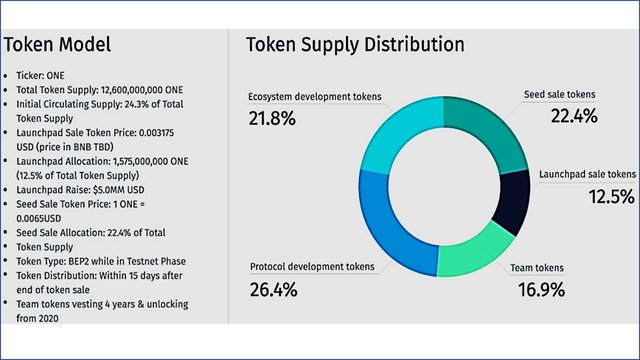

Harmony Investors
One of the hallmarks of a winning concept is the backing of investors, and Harmony has a lot of them. Each of the investors is quite reputed, lending credibility to Harmony.
Here’s a look at Harmony’s Investors:
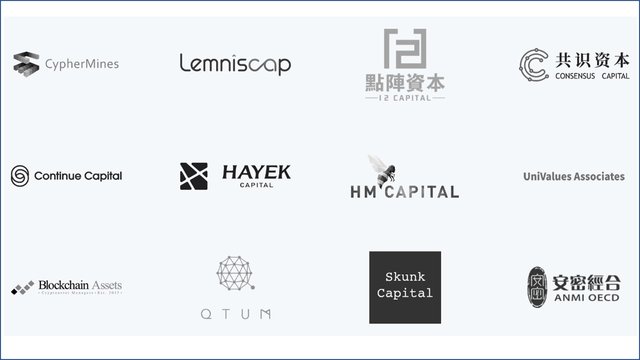

Harmony Partners
Following is a look at the Harmony Partners:
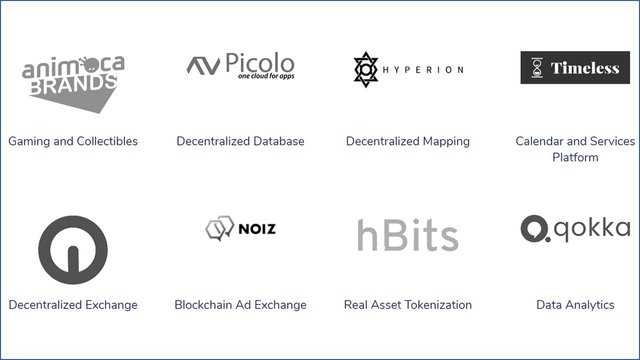

Now, the team behind Harmony
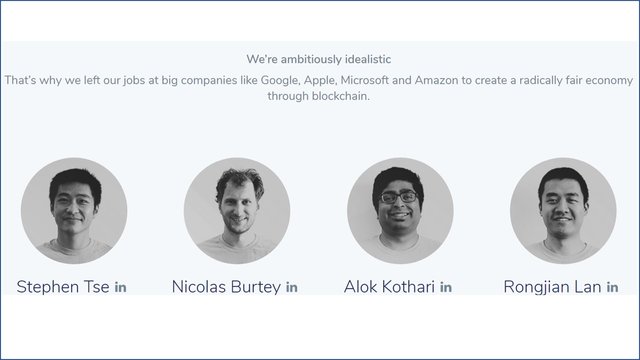



And Harmony Advisors
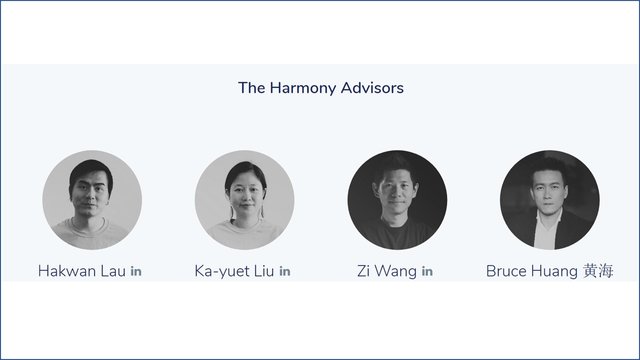

Summary
Harmony has not just put a concept out for the world to see, but have gone ahead and allowed the testing of their platform by launching Pangea, an experimental game for thousands of users. Such is the confidence of the team. Talking about the team – the varied experience and knowledge that the team brings to the table work well for Harmony. Last but not least, the confidence of the investors is another silver lining to this wholly silver cloud!!
Harmony may be the future of blockchain and real-world adoption!

Readers can understand more about Harmony through any of the following informative resources.
- Harmony Website
- Harmony OnePager
- Harmony WhitePaper
- Harmony Medium Blog
- Harmony Telegram Group
- Harmony Twitter
- Harmony LinkedIn
- Harmony Instagram
-----------------------------------------------******--------------------------------------------------
This article is in response to CateredContent’s call on the authors’ thoughts on Harmony. If you fancy participating, you can do so here.
-----------------------------------------------******--------------------------------------------------
Image Courtesy: Harmony Resources and Pixabay
Hey Garlam - Head of Marketing at Harmony here - really love the article and was wondering if you'd be open to more work as one of our writers!
Message me on telegram - @garlamw (and yes it is the real me - check my twitter to verify my telegram id - https://twitter.com/GarlamWon)
Downvoting a post can decrease pending rewards and make it less visible. Common reasons:
Submit